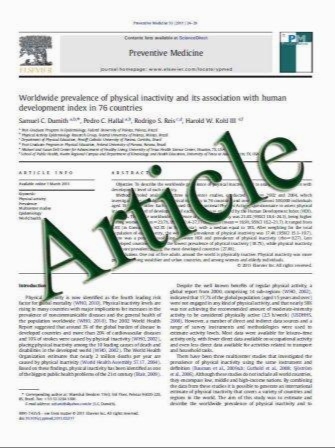Photodynamic therapy disinfection of carious tissue mediated by aluminum-chloride-phthalocyanine entrapped in cationic liposomes: an in vitro and clinical study
- نوع فایل : کتاب
- زبان : انگلیسی
- مؤلف : Joمo Paulo F. Longo & Soraya C. Leal & Andreza R. Simioni & Maria de Fلtima Menezes Almeida-Santos & Antônio C. Tedesco & Ricardo B. Azevedo
- چاپ و سال / کشور: 2011
Description
Photodynamic therapy (PDT) is a technique employed in the treatment of several superficial infections, such as caries. PDT uses a non-toxic drug termed photosensitizer (PS) followed by light irradiation. The cytotoxic effects of the therapy are related to the production of reactive species produced after light activation of a photosensitizer, which reacts with surrounding molecules and disrupts several of the cell's functions. Within this context, this study aimed to develop a clinical protocol involving PDTapplication mediated by aluminum-chloridephthalocyanine (AlClPc) entrapped in cationic liposomes against cariogenic bacteria in caries lesions. Cationic liposomes were used to delivery AlClPc preferentially to bacterial cells due to the strong anionic superficial charges of these cell types. The results are represented in two fundamental steps: (1) in vitro evaluation of AlClPc delivery to cariogenic bacteria and pulp cells, as well as its potential phototoxicity; (2) a clinical study involving volunteer patients that were treated with the PDT protocol mediated by AlClPc-cationic liposome. The main results showed that the AlClPc-cationic liposome was preferentially absorbed by bacterial cells compared to eukaryotic dental pulp cells, and it was efficient in the reduction of microbial load from bacterial cultures. In addition, the clinical study showed a mean reduction of 82% of total bacterial in the treated cavities after PDTapplication. Taken together, the results presented in this study showed that the antimicrobial PDT protocol mediated by cationic liposomes containing AlClPc is safety for clinical application and is efficient in the reduction of bacterial load in caries lesions.
Lasers Med Sci DOI 10.1007/s10103-011-0962-6 Received: 16 March 2011 / Accepted: 29 June 2011


